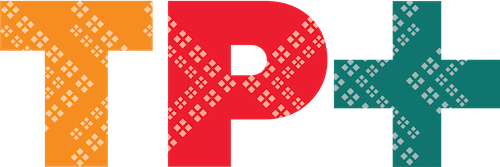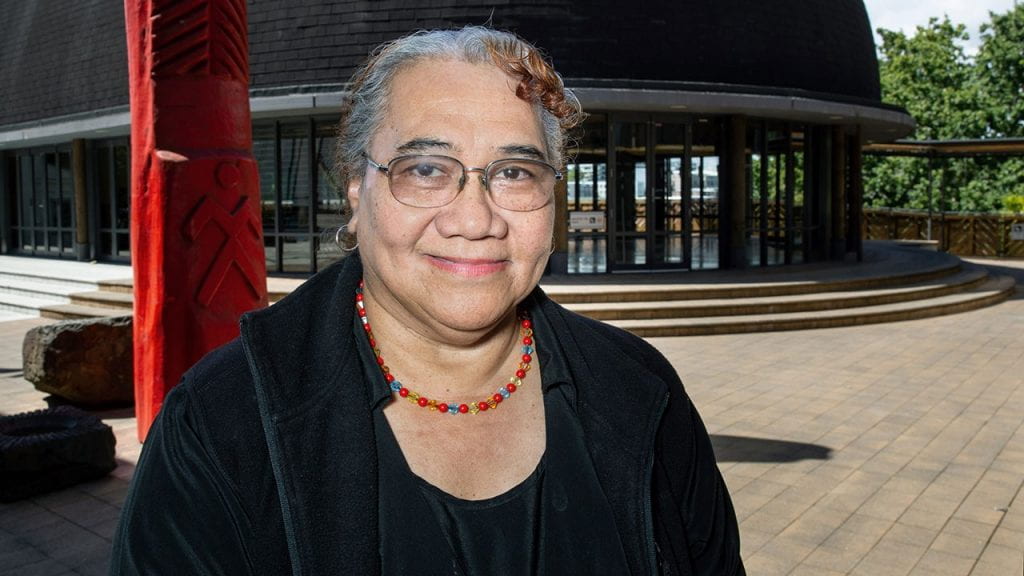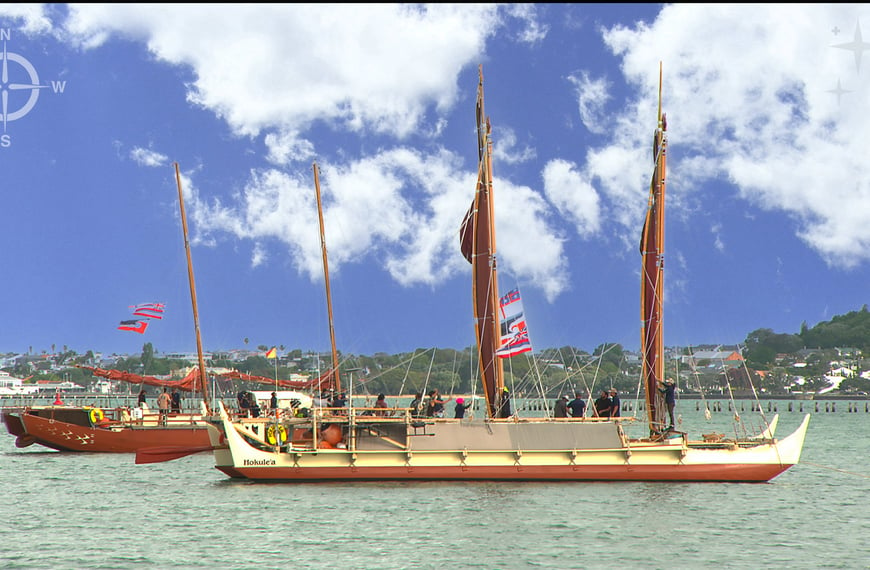
Tongan Linguist Dr Melenaite Taumoefolau from the University of Auckland suggests that it might be time to change the way we teach Pacific languages.
Dr Taumoefolau’s comments are timely with the start of Tongan language week celebrations. This years theme is ‘E tu’uloa ‘a e lea faka-Tongá ‘o ka lea’aki ‘i ‘api, siasí (lotú), mo e nofo-‘a-kāingá – The Tongan Language will be sustainable when used at home, church and in the wider community.
Dr Taumoefolau is a senior lecturer at the Centre for Pacific Studies. Last month she presented the welcoming address at the New Zealand Association of Language Teachers Biennial Conference, and the World Congress of the International Federation of Language Teacher Associations – Rethinking Pacific Language Teaching.
“The main point of the talk was to suggest that we change the way we teach Pacific languages to “acquisition”, the natural process, and let children and learners pick up the language, to acquire it as babies do, not learn it in grammar lessons and structure lessons, so common in classrooms.”
She said language teachers played a pivotal role in shaping the future of students, equipping them with the tools to communicate effectively across borders and cultures. The conference was an opportunity, especially for Pacific Language teachers to share innovative strategies and explore the latest developments in language education to align teaching with maintaining and revitalising our languages.
Tonga consists of 171 islands with approximately 45 inhabited islands divided into the three main island groups of Tongatapu, Ha’apai, and Vava’u (excluding the outlying islands.)
The Tongan diaspora in New Zealand numbers around 82,000 with a majority residing in Auckland while the population of Tonga sits at over 100,000.













